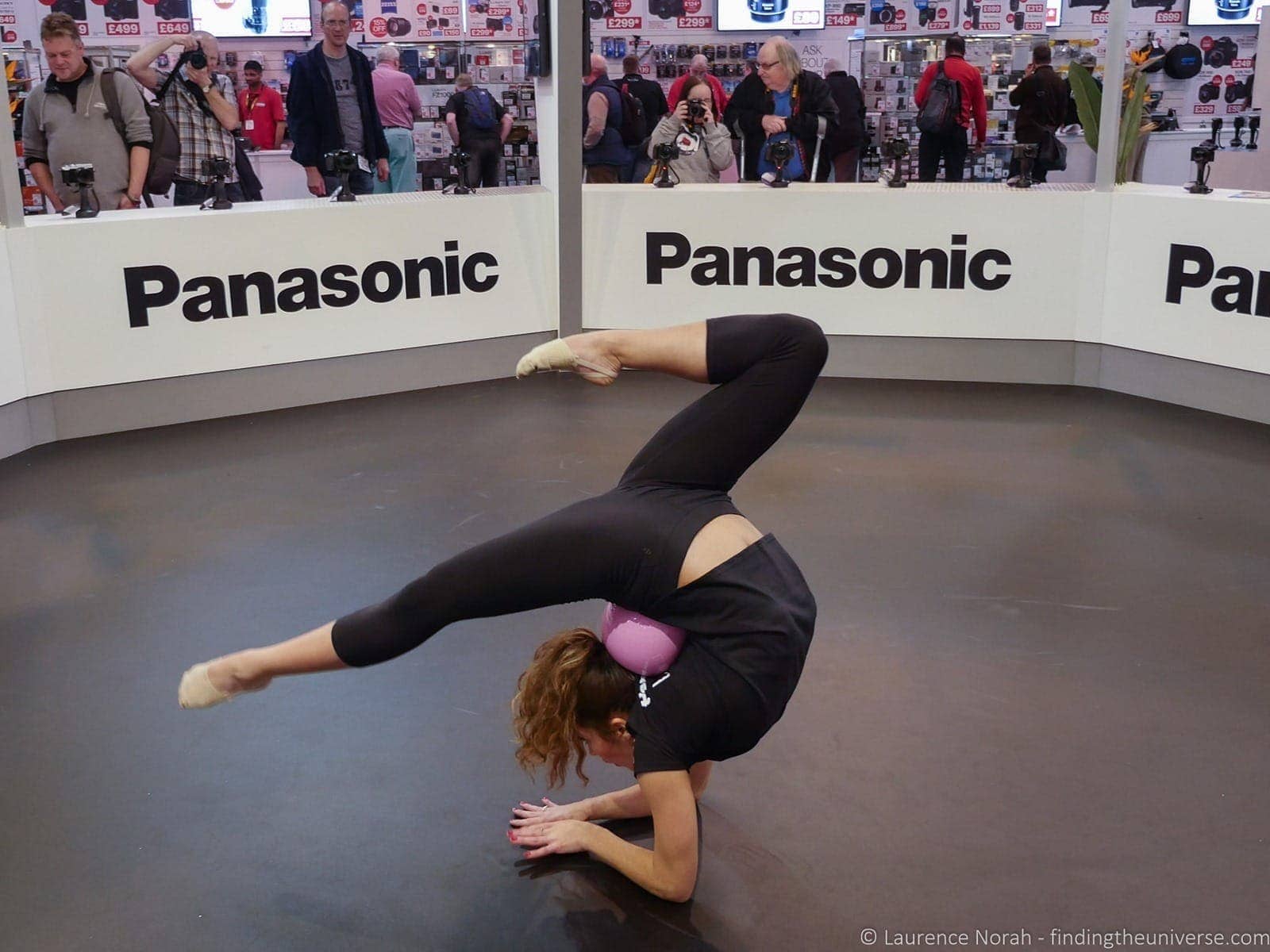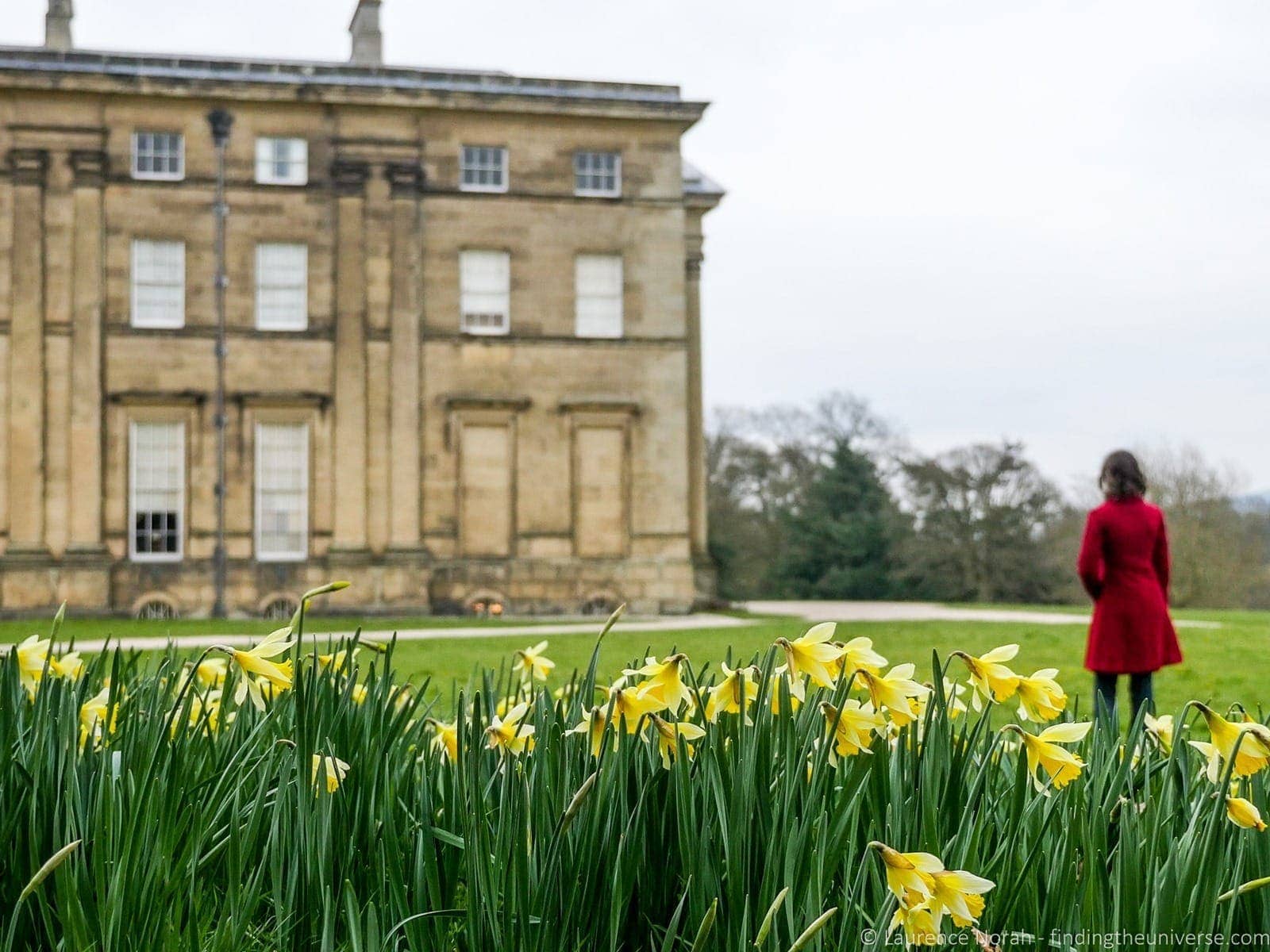I was recently invited by Panasonic to visit them at the UK Photography Show, which takes place annually at the National Exhibition Centre, just outside of Birmingham in the UK.
Obviously, the opportunity to wander around a show dedicated to photography wasn’t something I was going to pass up!
Since neither Jess nor I had ever spent much time in the Birmingham area, we thought we’d also take advantage of the trip to do a bit of exploration. Panasonic having also furnished us with National Trust passes, it seemed logical to visit some of the National Trust sites in the vague Birmingham area, and take pictures of them with my Lumix GX8. All the photos in this post were taken with the GX8.
I’ll be writing more about our overall experiences and tips for a Birmingham visit in an upcoming post. In the meantime, I’m going to geek out a bit of the Photography Show and those National Trust sites, starting with:
My Experience at the UK Photography Show
The UK Photography Show is held annually at Birmingham’s NEC – the UK’s largest exhibition space. It’s a relatively new event, having launched in 2014, but has already become a must-visit event for anyone interested in photography.
What I liked about it was that it wasn’t just about shiny new camera equipment – although there was plenty of that on display, from every main camera brand in the world. There were also talks and workshops, including some excellent talks on photo editing from the folks from Adobe. We went to one of these talks, and I picked up a few new tips on Lightroom editing, which was nice.
The show also featured all the photography gear that you might need, whatever kind of photography you’re into. From full lighting rigs, to photo books, to portrait backgrounds – anything you could possibly want was on display (and on sale!). Most fun to watch were the drones, which ran from absolutely tiny through to larger, professional rigs.
The Panasonic stand was really clever. I’ve been going on about the 4KPhoto capabilities of the Lumix range for a while now, but it’s the sort of thing that you really have to experience to get the best understanding of quite how cool it is. Panasonic have figured this out, and their stand was the perfect place to try out 4KPhoto on their cameras. In the centre of the stand, they had various displays going on, including one from an Olympic level gymnast.
This was the perfect opportunity to use the 4KPhoto mode of the GX8, which shines for capturing action. Ribbons, balls, and even a carnival queen – playing around at the Panasonic stand with all the cameras and lenses on display was a lot of fun, and the stand was busy with interested attendees all day.
Panasonic also had loads of experts on hand, and I learnt a few more things about my GX8 that I wasn’t aware of – particularly the importance of a really fast memory card for getting the most out of the 4KPhoto mode.
Suffice to say, we had a lot of fun at the Photography Show – geeking out for hours over photography gear, taking in some excellent photographs, and even learning a thing or two on the way. Definitely worth doing if you’ve got the chance.
Now, on to our experiences visiting those National Trust sites.
Three National Trust Sites Around Birmingham
If you’re not from the UK, you might not be familiar with the National Trust. Basically, they’re a charitable organisation set up to conserve and protect some of the UK’s most historic and beautiful places. The majority of the properties they look after are historic homes and gardens, but they’re also responsible for historic landscapes, including the stunning Lake District – in fact, they’re the largest private land owner in the UK.
If you’re going to visit a few National Trust sites, then the best thing to do is join as a member – for a yearly fee you get access to all the National Trust properties, as well as 14 heritage organisations around the world. It’s excellent value for money, so it’s little wonder that it’s one of the largest membership organisations in the world.
In the UK, there are hundreds of National Trust properties to choose from, including 200 historic houses. The hardest part of being a member is picking where to go!
As it was, we chose three properties around Birmingham which represented a cross-section of what the National Trust has to offer. In no particular order, here’s where we went:
Baddesley Clinton
Baddesley Clinton is just outside of Warwick, or around a 30 minute drive from Birmingham. It’s a spectacular moated manor house dating from the 13th century, and is pretty much everything you might want from a property like this, with priest holes, gorgeous gardens, and oodles of history to learn about.
It’s also very photogenic, particularly on the sort of sunny Spring day we visited.
The house itself isn’t massive, so it can get a little bit crowded on the inside, particularly on weekends and during holidays, but entry is controlled and timed to stop it from becoming overwhelming. There’s no guided tour, but each room has a knowledgeable National Trust volunteer available to share lots of information with you. Do spend some time exploring the grounds here, they are really nice for a wander.
Back To Backs
It turns out, life in England during the Industrial Revolution wasn’t exactly a bed of roses. In a rapidly expanding city like Birmingham, populations were exploding at a rate that required property developers to come up with new solutions to meet the demand.
The most popular of these solutions was the “back to back” – a housing invention that was exactly as the name describes – houses built back to back, around a central courtyard. The courtyard also playing home to the toilet facilities, laundry area, and storage sheds.
Hundreds of thousands of these houses were built all across the UK to meet property demands, and they were usually filled with working class families, often living in overcrowded, cramped and dangerously unsanitary conditions.
The majority of these types of houses have since been bulldozed and replaced, with the Back to Backs in Birmingham being the last surviving example in Birmingham. Today they’re managed by the National Trust, who restored the properties, and now run tours through the four buildings of the Court, each of which contained multiple homes. Each of the four buildings is set up to represent a different time period and furnished appropriately, so you start in the 1840s, and then move through to the 1870s, 1930s and 1970s.
Visiting is by tour only (you have to book in advance to be sure of a spot), and the tour takes an hour and a half, and we found it really interesting. It’s certainly different to the stately homes that you might associate with the National Trust, and our guide really brought to life what living in these times might have been like. In short – not very nice, with low life expectancies, poor hygiene, and quite horrendous diets!
If you’re in Bimingham, we very much recommend you take a bit of time to visit the Back to Backs, it’s a really excellent glimpse back across time, to see how people lived. They’ve also got an old fashioned sweet shop, which you need to pop into!
Now, let’s look at another style of living in the UK, with a visit to:
Attingham Park
Attingham Park is the fourth most popular National Trust site in the UK. This isn’t a huge surprise, given the splendour of this 18th century mansion house, set in 4000 acres of parkland and gardens, and it’s well worth the visit. It is located about an hour drive from Birmingham and is the most popular National Trust site in the Midlands.
Most impressive in my mind was the interior of the home, which has been beautifully set up – particularly the ground floor – which you can visit either on one of the regularly scheduled tours, or by yourself, following a pre-defined route through the rooms.
We took a tour that focused specifically on the roof of the picture gallery. This might not sound terribly exciting, but given that it was designed by John Nash, it does warrant fairly close attention. If you’re not familiar with Nash, he was the architect responsible for most of the look of London today, including Buckingham Palace. Unfortunately the roof leaked badly from the outset – new techniques and unproven building materials being a little risky to work with!
Thankfully, the National Trust has spent a giant pile of money fixing this problem, with a new roof recently installed over the old one to solve the problems – hence the tour, which was very enjoyable, and gave us an insight behind the scenes of a property like this that you don’t often get to see.
The other aspect of the house that was well portrayed were the various characters who lived here, with that leaky Picture Gallery roof pushing the second Lord to bankruptcy and exile (his high maintenance young wife not helping matters), whilst later owners, the eight Lord and Lady, came along and restored the property to its former glory.
There’s lots to learn here, and plenty to see. We enjoyed dining in the cafe situated in the stable block, exploring the house and grounds and learning about the differences between life upstairs and downstairs. We could have easily spent a whole day here, if our itinerary had allowed for it!
And that sums up some of the highlights of our recent trip to Birmingham! Have you visited Birmingham or any National Trust sites in the UK? Do share your experiences below!
So you know: We were provided complimentary tickets to the Photography Show and Annual National Trust Memberships, both from Panasonic, as part of my role as a Panasonic Ambassador. All opinions remain our own. Find out more about who we work with at our code of ethics page.



















Amanda Williams says
I haven’t been to Birmingham, but my favorite National Trust properties have to be the childhood homes of John Lennon and Paul McCartney in Liverpool. I took my mom on the National Trust tour of both of them last summer, and it was a really fun (and interesting) afternoon! It was also my mom’s favorite part of our whole UK trip – a must for any Beatles fan.